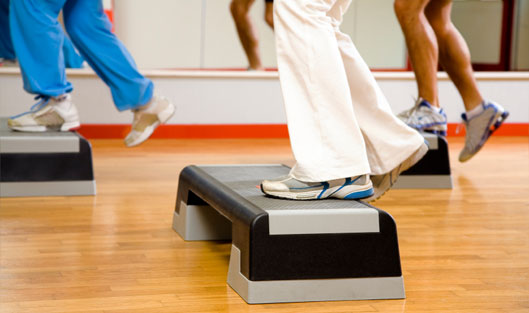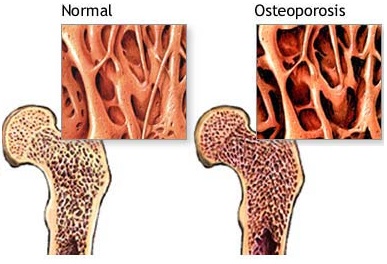Osteoporosis is a condition in which bones become weak and can fracture with minimal trauma, such as a rib fracture caused by sneezing. There are many factors that can influence your risk of Osteoporosis. Some of these are not changeable, including age (>50), gender (female post-menopausal), family history, early onset of menopause, long term corticosteroid use, small frame size and delayed puberty or early onset of menopause.
EXERCISE AND OSTEOPOROSIS
It is estimated that between 85-90% of bone mass develops by the age of 18 in girls and 20 in boys. Accordingly, building strong bones is important throughout childhood and adolescent years. The most important exercises for bone health are weight bearing and resistance exercises. Weight bearing exercises are performed against gravity where your legs and feet take the load. This includes exercises like jogging, hopping, dancing and most ball sports like basketball or netball.
Resistance training helps to build stronger muscles. This includes the use of machines, dumbells, ankle or wrist weights, or even your own body weight. Building stronger muscles helps to increase the load on bones and thus promote bone deposition.
Regular exercise can also help maintain bone density in older women by reducing postmenopausal bone loss. Exercise can assist with balance, coordination and agility, which may reduce the likelihood of a fall, which can lead to fracture.
LOW CALCIUM INTAKE
Calcium is essential for building strong bones, it is important for achieving peak bone mass and preventing Osteoporosis. Ensure that your diet contains milk, cheese and yoghurt. Other foods that contribute to calcium in the diet include canned fish (with their bones), green leafy vegetables, nuts, cereals and legumes. Vitamin D helps to absorb calcium and is therefore important in preventing Osteoporosis. Vitamin D is present in small amounts in egg yolks, salt-water fish and margarine. Safe sunlight exposure is the best source of Vitamin D.
ALCOHOL CONSUMPTION
Those who drink too much alcohol (greater than two standard drinks per day) are at greater risk of Osteoporosis due to its effects on the calcium concentration in the body. Because of the effects of alcohol on balance and gait, there is also an increased risk of falling that can lead to osteoporotic fracture.
SMOKING
Smoking is said to double your risk of osteoporotic fracture. Research has found that smoking reduces your body’s ability to absorb calcium through the intestines.
If you think that you might be at risk of developing Osteoporosis then please keep these risk factors in mind. If you would like to speak to Dr Natasha Paunovic or one of our other practitioners, please feel free to ask a question, contact us or email us at: info@
Dr Natasha Paunovic is an experienced Osteopath at Melbourne Osteopathy Sports Injury Centre. She assists with positive long term outcomes by providing patients with education, lifestyle advice and rehabilitation exercises.


